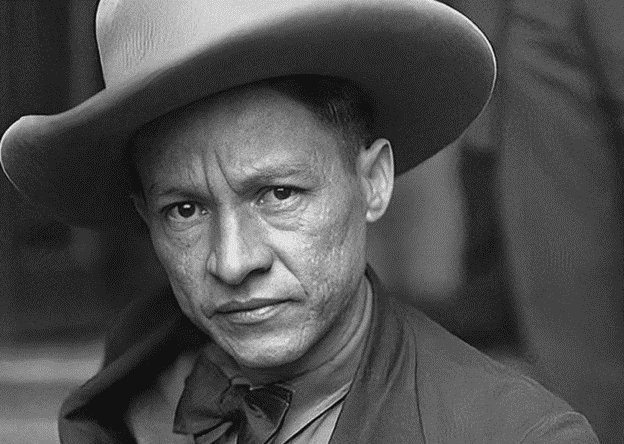
A tragic constant in Latin American history that “made its heroes victims, its wise men outcasts, and its honorable men pariahs.”
By Rafael Rojas (Confidencial)
HAVANA TIMES – The assassination of revolutionary leaders was a recurring practice in the early decades of the Latin American and Caribbean 20th century. In Mexico, Madero, Zapata, Carranza, Villa, Carrillo, and Obregón did not die in combat but were executed. Cubans Julio Antonio Mella, Rafael Trejo, Antonio Guiteras, Sandalio Junco, Jesus Menendez, and Aracelio Iglesias all died assassinated between the 1920s and the 1940s.
Among those frequent political homicides, the one of the Nicaraguan Revolution leader, Augusto Cesar Sandino, stands out for its drama and shock, in February 1934. After five years of resistance against the intervention of the United States, leading a popular army, in 1933 Sandino signed peace with the government of Juan Bautista Sacasa.
Since the end of 1932, the US administration of Herbert Hoover had announced the withdrawal of its troops from Nicaragua, hoping that the military control of the National Guard, in the hands of Anastasio Somoza García, and a political power favorable to anti-Sandinista warlords like Jose María Moncada, would contain the rising leadership of the so-called “general of free men.”
The presidential election in 1933 of Juan Bautista Sacasa, a physician, facilitate


